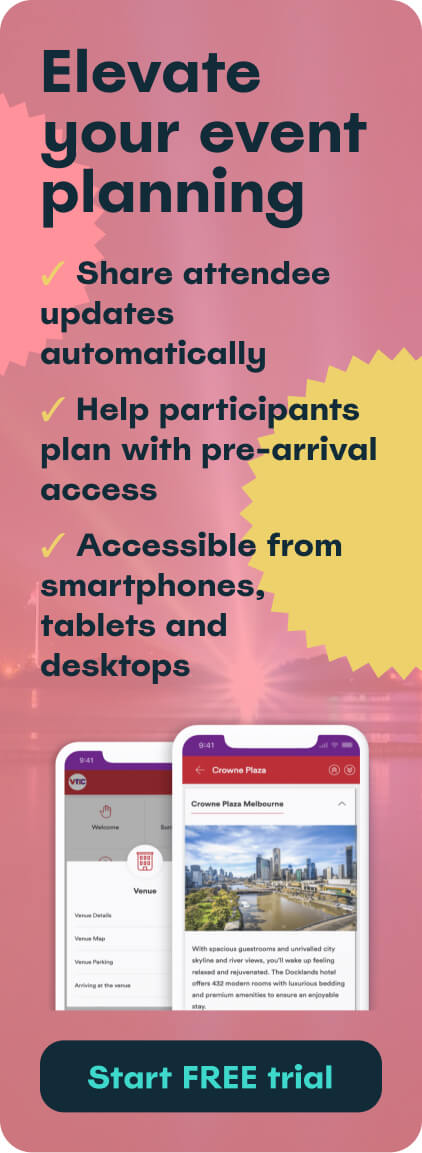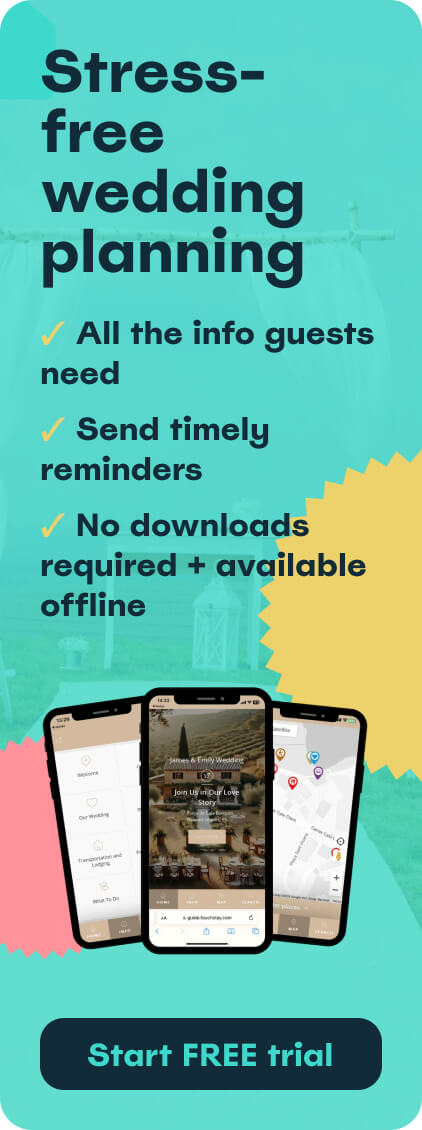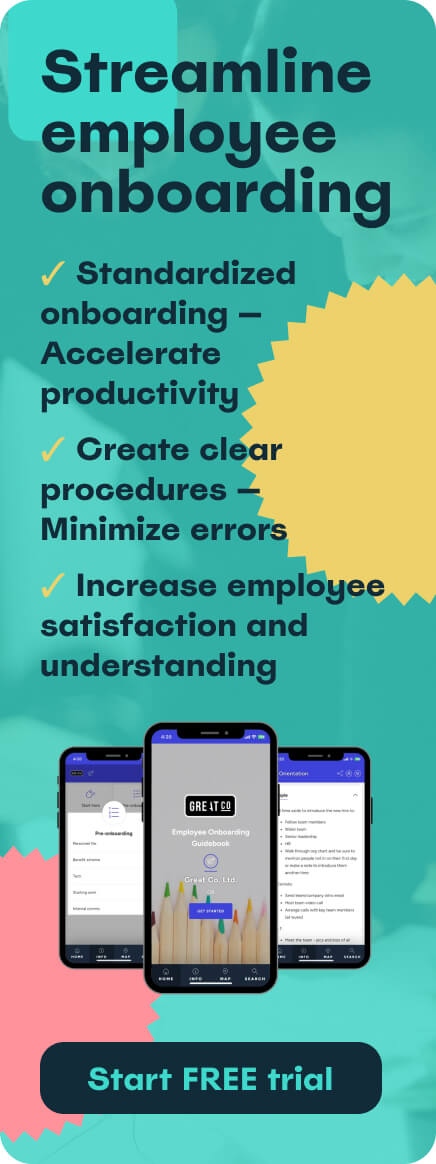In the world of Airbnb hosting, a well-crafted guestbook can be a hidden gem. It goes beyond a simple record of past visitors, transforming into a valuable tool that enhances the guest experience, reduces repetitive inquiries for you, and fosters positive reviews. But in today's digital age, where attention spans are shorter and inboxes are overflowing, how do you ensure guests actually engage with your Airbnb guestbook?
This post dives deep into the challenges hosts face and equips you with a toolbox of strategies to transform your Airbnb guestbook from a neglected resource into a guest-centric guide.
Understanding why guests might skip your Airbnb guestbook
Several factors contribute to guests overlooking your meticulously crafted guidebook:
- "Vacation brain": the excitement of a getaway can be accompanied by a temporary lapse in focus. Guests might arrive forgetful, neglecting to explore the resources available in your guestbook.
- Information overload: lengthy blocks of text can feel overwhelming, especially on a digital screen. Guests might simply skip over dense content, missing crucial details.
- Unclear value proposition: guests might not understand the immediate benefits of reading your guestbook. If they don't perceive its value, they're less likely to invest their limited time in exploring it.
6 strategies to spark guest interest and encourage exploration
1. Highlight the benefits upfront
Clearly communicate the value proposition of your guestbook in the introduction. Explain how it can help guests:
- Avoid common pitfalls: anticipate potential issues and provide clear instructions to prevent frustration (e.g. WiFi access instructions, parking information, waste disposal guidelines).
- Unlock the best aspects of your rental: showcase unique features and amenities (e.g. hidden compartments, smart home features, access to shared spaces).
- Explore the surrounding area: provide curated recommendations for restaurants, activities, attractions, and hidden gems.
- Answer frequently asked questions (FAQs): address common enquiries to save guests time and frustration.
Here's an example of an introductory email that effectively highlights the benefits:
Subject: Get the most out of your stay: your essential Airbnb guidebook
Hi [Guest Name],
It's almost time for your adventure! We're thrilled to welcome you to our Airbnb. To help you relax and enjoy every moment, we've created a digital guidebook packed with information. Inside, you'll find:
- Hassle-free arrival: clear instructions on accessing the property, including WiFi code and parking details.
- Unlocking hidden gems: our curated recommendations for restaurants, activities, and local favourites.
- Making the most of our space: discover all the unique features of our rental, including [mention unique amenities].
- Answers to your questions: we've anticipated some common enquiries, and the answers are all here!
We recommend taking a few moments to browse the guidebook before your arrival. It's your key to a smooth and unforgettable stay!
2. Cater to skimmers
Many guests will scan your Airbnb guestbook for specific information. Make it easy for them to find what they need by incorporating:
- A clear Table of Contents with well-organised headings and subheadings.
- A 'TL;DR' section (Too Long; Didn't Read) that summarises essential information for those short on time.
- Short, scannable paragraphs with bullet points for key details.
3. Embrace an engaging voice
Write in a friendly and informative tone. Inject some of your personality to make the information more interesting and memorable. Avoid overly technical jargon or dry, formal language.
Here's an example of how to add personality to your hot tub instructions:
Hot tub bliss awaits!
The sparkling hot tub is waiting to soothe your tired muscles after a day of exploring. Simply:
- Pull up the cosy cover and tuck it away
- Slide it between the house and the hot tub for safekeeping
- Turn on the jets using the handy touchpad located on the front
- Use the up and down arrows to adjust the temperature to your preference (we recommend between 37-40°C)
4. Visual appeal matters
Incorporate high-quality photos and visuals to break up text and enhance comprehension. A picture is worth a thousand words, after all! Consider including:
- Images of your rental and surrounding area: showcase the beauty and functionality of your space. Include inviting photos of the living room, bedrooms, bathrooms, and any unique features. Add captivating visuals of nearby attractions, restaurants, and must-see locations to pique guest interest.
- Short instructional videos: consider creating short, informative videos demonstrating how to use specific amenities, like the hot tub controls or the fireplace. This can be a fun and engaging way to convey information, especially for visual learners. Learn more about adding videos to your Airbnb guestbook.
5. The power of surprise
Delight guests with unexpected value hidden within your Airbnb guestbook. Here are a few ideas:
- Highlight hidden gems: share a secret walking trail, a local coffee shop frequented by residents, or a unique bookstore tucked away on a side street.
- Offer exclusive discounts: partner with local businesses to offer guests special discounts on meals, activities, or rentals. Briefly mention these perks in your Airbnb guestbook and provide a link to the relevant section for details.
- Seasonal recommendations: tailor your recommendations to the time of year. Suggest cosy cafes for winter evenings or scenic hiking trails for summer adventures.
- Add Custom Elements: Touch Stay Airbnb guestbooks include a huge range of cool, easy-to-use features that guests love, like embedded Spotify playlists, Matterport 3D Tours, or additional service upsells.
6. Timing is key
Don't overwhelm guests with information too early in the booking process. Here's a strategic approach to guestbook delivery:
- Initial welcome email: after booking confirmation, send a welcome email with a brief introduction to your guestbook and a clear call to action to access it.
- Pre-arrival reminder: a week before check-in, send a friendly reminder email highlighting the benefits of reviewing the guestbook for a smooth arrival and a fulfilling stay.
- 24-hour reminder: the day before check-in, send a final email with a direct link to your guestbook, emphasising important information like access instructions and WiFi code.
- Tailored communication: ask guests their preferred communication method (text, email, etc.) during the booking process. This ensures they receive important information, including the link to your guestbook, in their preferred format.
Download our free Guest Communication Toolkit - its packed with tips, tricks and templates to help you to nail your guest correspondence and create happy, loyal guests.
Summary
By implementing these strategies, you can transform your Airbnb guestbook from a static document into a dynamic resource that empowers guests and streamlines your hosting experience.
Remember, a well-designed and informative Airbnb guestbook can be a win-win for both you and your guests. Guests will feel prepared and informed, leading to a more enjoyable stay and potentially glowing reviews for your rental. You'll benefit from fewer repetitive inquiries, freeing up your time and energy to focus on other aspects of hosting.
So, invest some time and creativity into crafting a guest-centric Airbnb guestbook. Start a 14-day free trial with Touch Stay and watch your Airbnb experience flourish!

Ned
Ned has clocked up over 11 years in digital marketing and comms, with a strong focus on creating engaging content for a range of brands and agencies. When he’s not writing, he can be found digging for records, peering through his telescope at the night sky, or onboard his local lifeboat where he volunteers as a crewmember.
Be the first to know!
Join our newsletter for early access to:
- ✅ Free guides
- ✅ Pro tips & tricks
- ✅ Time saving tutorials
- ✅ Latest blog posts
- ✅ Checklists & templates















